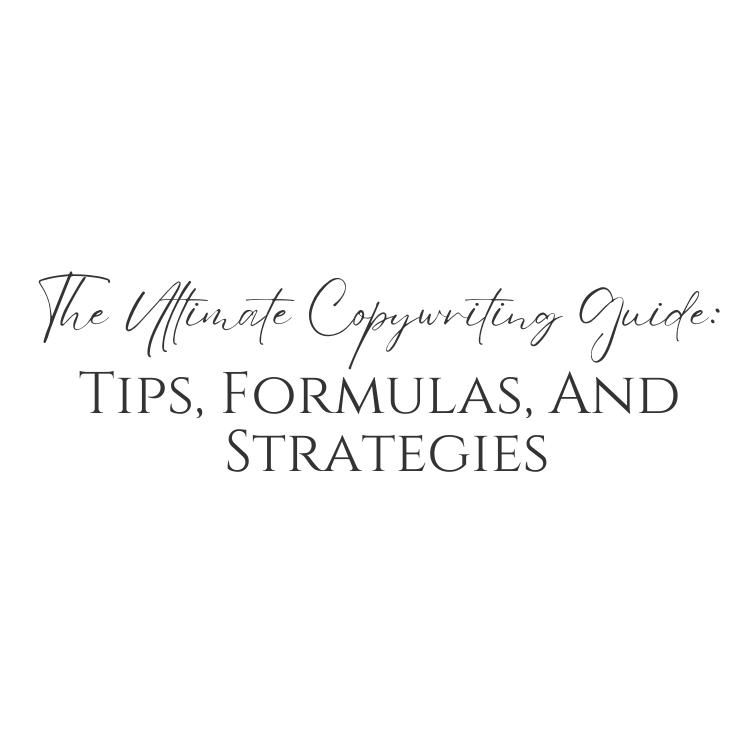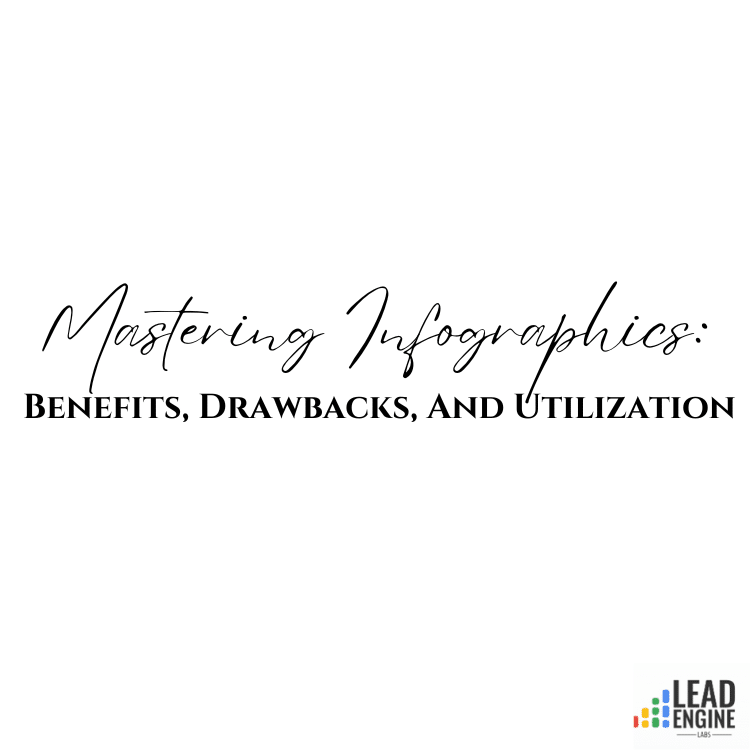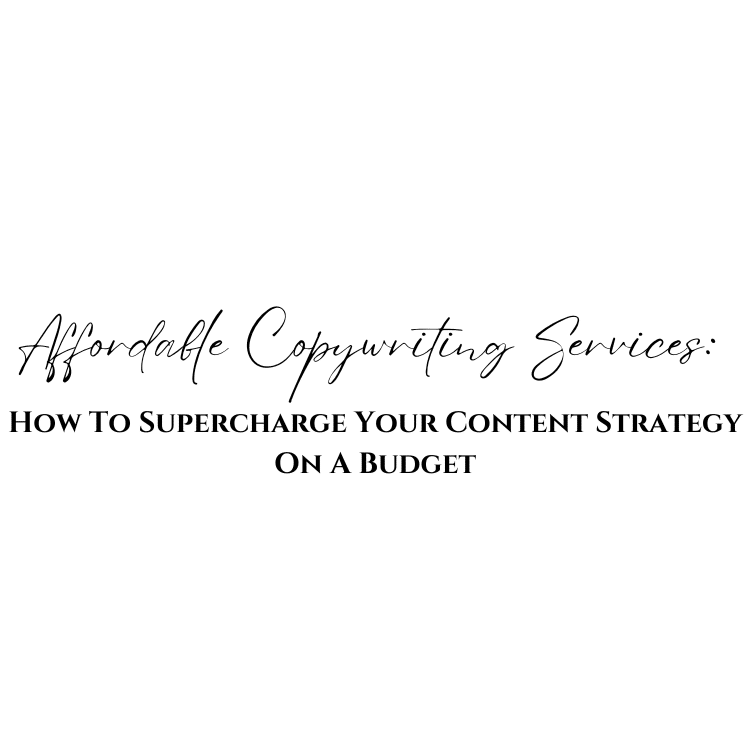Are you tired of lackluster marketing campaigns that fail to grab your customers’ attention? Do you want to improve your copywriting skills and increase conversions for your business? Look no further than The Ultimate Copywriting Guide: Tips, Formulas, and Strategies.

This comprehensive guide is designed to help you elevate your copywriting game and craft compelling content that speaks directly to your target audience. In this guide, you’ll learn the basics of copywriting and the importance of understanding customer language.
You’ll discover proven formulas that have been used by successful copywriters, as well as advanced strategies that can take your writing to the next level. Whether you’re a beginner or an experienced marketer, this guide has something for everyone.
With feedback from readers who have found this guide informative and helpful, you can trust that these tips, formulas, and strategies will help you stand out in a crowded marketplace and achieve your marketing goals.
Key Takeaways
- Copywriting is a critical marketing skill that can improve sales and conversions by informing, inspiring, and persuading customers.
- To become a good copywriter, it takes time, practice, and a deep understanding of the target audience, which can be learned through customer surveys, interviews, and social media research.
- Proven copywriting strategies such as emotional triggers, storytelling, social proof, and a strong call to action can help create compelling copy that engages and converts customers.
- Advanced copywriting strategies such as using crooked numbers, creating mental movies, and reducing price objections through language can further boost conversions and sales. Additionally, strong headlines, leads, and CTAs, as well as incorporating benefits and examples, are crucial for creating effective copy.
Ultimate Copywriting Guide Basics
You already know that copywriting is the practice of crafting written text to inform, inspire, or persuade, but let’s dive into the basics of copywriting and how it can improve nearly every element of your marketing.

Copywriting is not just about writing words that sound good. It’s about understanding your customers, their needs, and their pain points. Experienced copywriters spend significant amounts of time learning about their customers, using sources such as Reddit threads, Amazon reviews, and customer surveys and interviews.
Becoming a good copywriter takes time and practice, but it’s worth the effort. Good copywriting can increase your sales and conversions, improve your SEO, and enhance your brand awareness. Employers want to hire people with strong writing skills, and customer-focused copy is essential for conversion.
Writing like your customers talk is crucial to success, as it helps build an emotional connection with your audience. So, start learning about your customers today and improve your copywriting skills.
Customer Language Sources
Discover where to find valuable customer language by exploring sources such as Reddit threads, Amazon reviews, customer surveys, social media, and Product Hunt discussions. These platforms offer insights into the words, phrases, and language that your potential customers use when discussing their problems and needs.

Here are three ways to make the most of these sources:
- Reddit threads: Join relevant subreddits to see how people talk about your industry and products. Look for common questions, complaints, and pain points.
- Amazon reviews: Read reviews of competing products to see what customers like and dislike. Use this information to improve your product and messaging.
- Customer surveys and interviews: Ask your own customers about their experiences, needs, and challenges. Use their language in your copy to make it more relatable.
By using these sources, you can gain a deeper understanding of your customers and write copy that speaks directly to their needs. Don’t be afraid to experiment with different language and messaging to see what resonates the most with your audience. Remember, the key to successful copywriting is to write like your customers talk.
Proven Copywriting Formulas
Immerse yourself in the world of copywriting by exploring the proven formulas that can enhance the effectiveness of your marketing campaigns. As a copywriter, you know that your ultimate goal is to persuade your audience to take action. The right formula can make all the difference, whether you’re crafting a sales letter, email campaign, or landing page.
One of the most effective formulas is the PAS formula, which stands for Problem, Agitate, Solve. It’s a three-step formula that begins by identifying the problem your audience is facing and agitating their pain points. Once you’ve got their attention, you can offer a solution and convince them that your product or service is the answer they’ve been looking for.
Another proven formula is the Before-After-What They’d Tell Someone formula, which uses customer testimonials to show the transformation your product has made in their lives.
By following these formulas and others like them, you can create copy that resonates with your audience and drives conversions.
Advanced Strategies In Copywriting
Explore advanced strategies in copywriting to take your marketing campaigns to the next level and increase conversions. These strategies can help you stand out from the competition and create a deeper connection with your audience.
Crooked numbers, showing instead of telling, clear button copy, and mental movies are just some of the techniques that can make your copy more compelling and persuasive. By using these advanced strategies, you can move beyond the basics of copywriting and create copy that truly resonates with your audience.
Whether you’re writing sales letters, landing pages, or email campaigns, these techniques can help you increase conversions and drive more sales. So why settle for mediocre copy when you can take your marketing campaigns to the next level with these advanced copywriting strategies?
Feedback on the Guide
You may have already heard, but there’s no denying that the free copywriting guide by Brian Dean has received a lot of positive feedback from readers. From entry-level copywriters to experienced marketers, everyone seems to appreciate the tips, formulas, and strategies included in the guide.
Here are just a few reasons why people are raving about the guide:
- It covers a wide range of copywriting topics, from the basics to advanced strategies.
- The guide provides actionable advice that can be implemented immediately.
- The examples and templates included in the guide make it easy to apply the tips and strategies.
- The guide is well-researched and based on first-hand knowledge and experience.
- The guide is free and accessible to anyone who wants to improve their copywriting skills.
Frequently Asked Questions
How long does it typically take to become a good copywriter?
You can become a good copywriter in as little as a few months with consistent practice and a willingness to learn. Focus on understanding your audience, writing with clarity and emotion, and testing your copy for optimal results. Keep an open mind and never stop improving.
What are some common mistakes to avoid when writing copy?
Avoid common copywriting mistakes by focusing on benefits instead of features, using emotional triggers, and telling stories. Write in a conversational tone, avoid big words, and format for skimmers. Use social proof and a strong call to action.
How can you effectively incorporate emotional triggers into your copy?
To effectively incorporate emotional triggers into your copy, start by understanding that 95% of purchasing decisions are made subconsciously. Use power words and storytelling to create an emotional connection with your audience and drive conversions.
What are some creative ways to use customer testimonials in your copy?
Leverage customer testimonials to boost credibility and sales. Use before-after stories, specific outcomes, and three-step formulas. Place them strategically on landing pages, sales letters, and social media. Get creative and make them stand out.
How can you measure the success of your copy and make improvements over time?
Measure your copy’s success by tracking conversions, engagement, and feedback. Use split testing and optimization techniques to improve over time. Use customer language and emotional triggers to create compelling copy.




